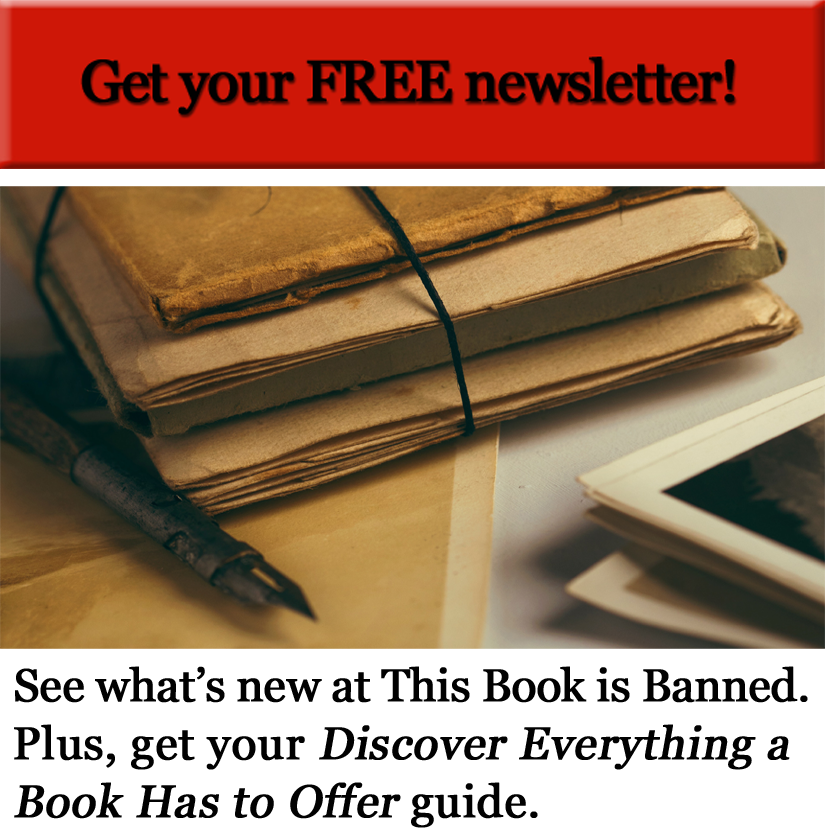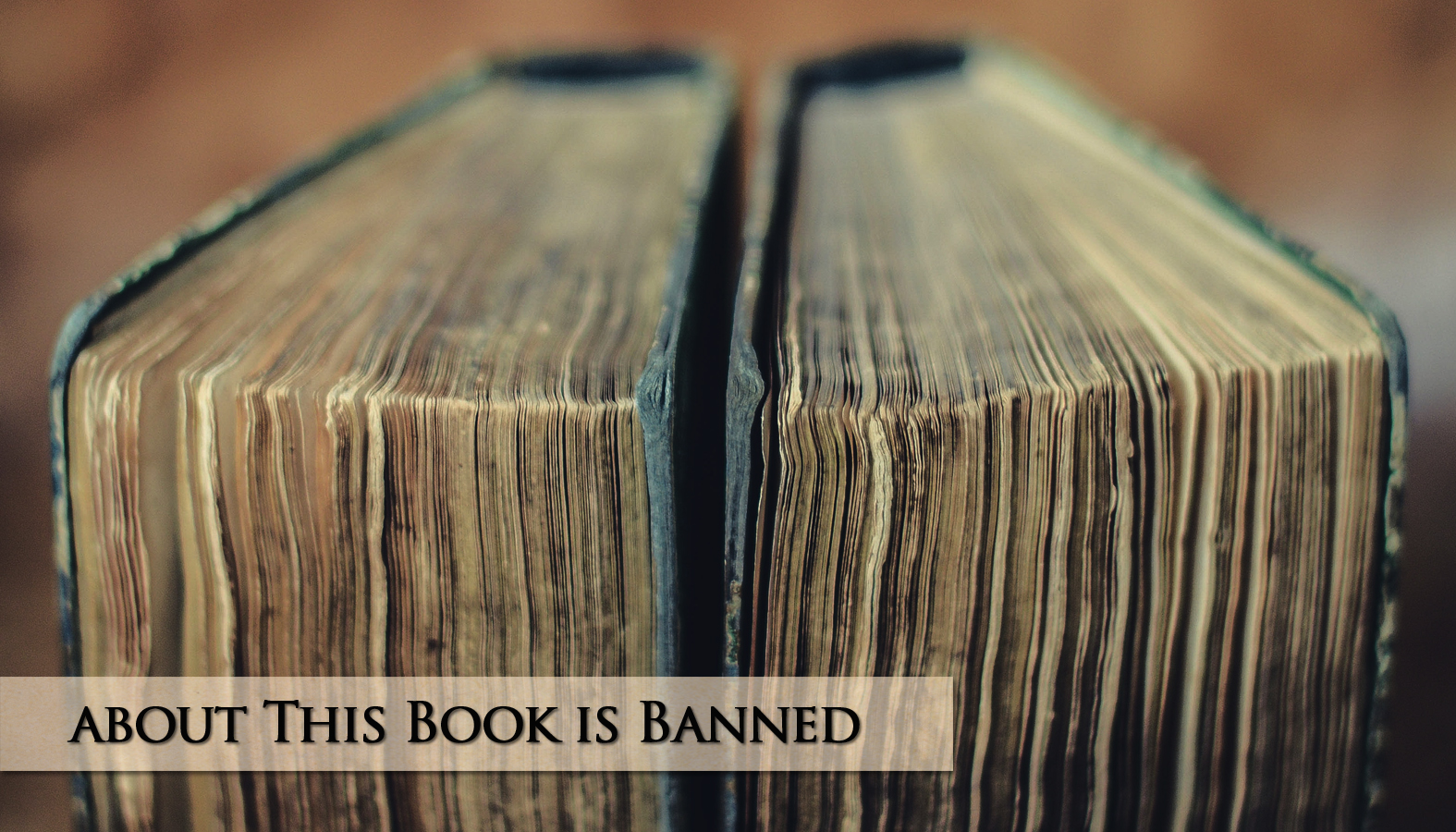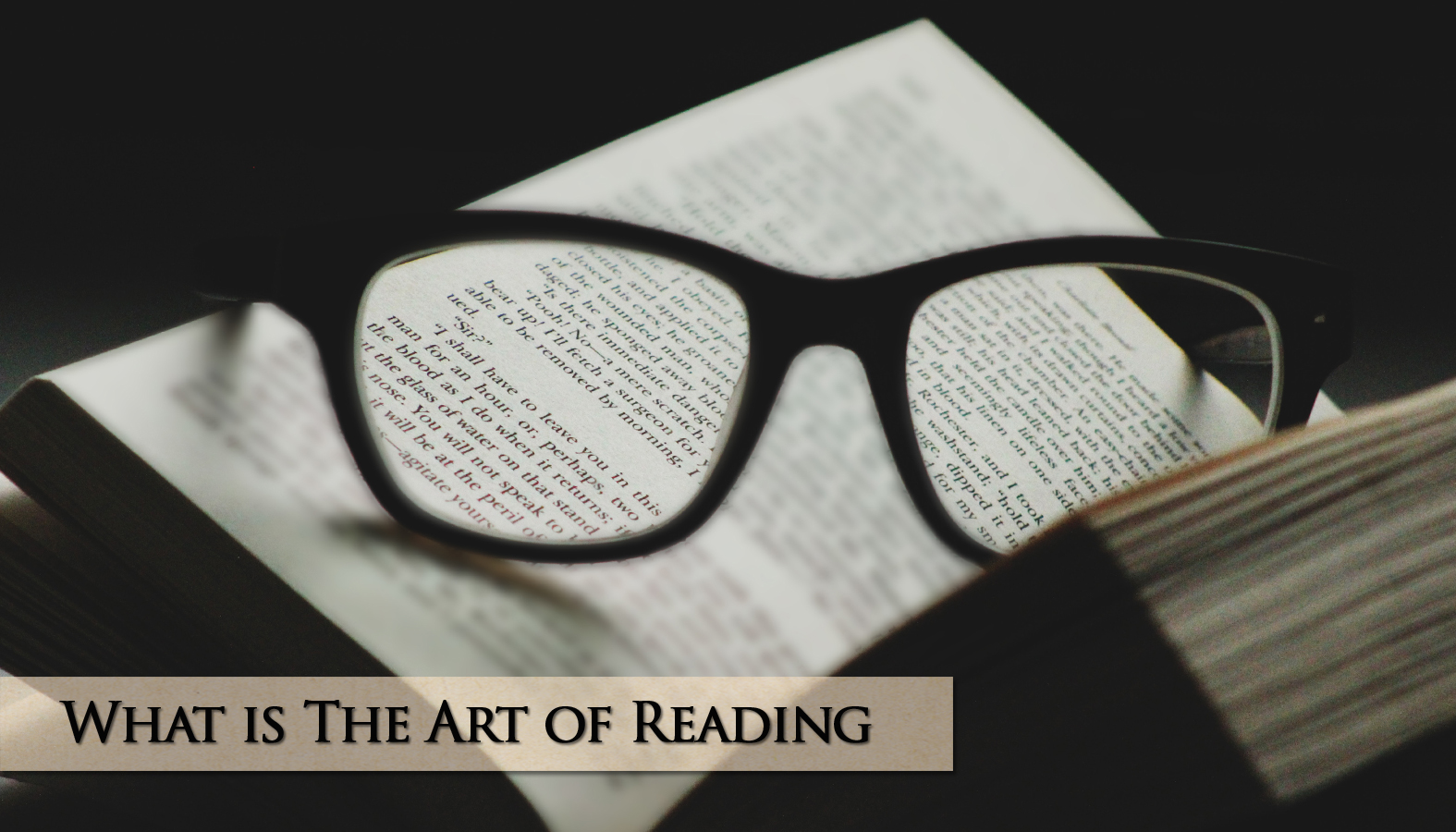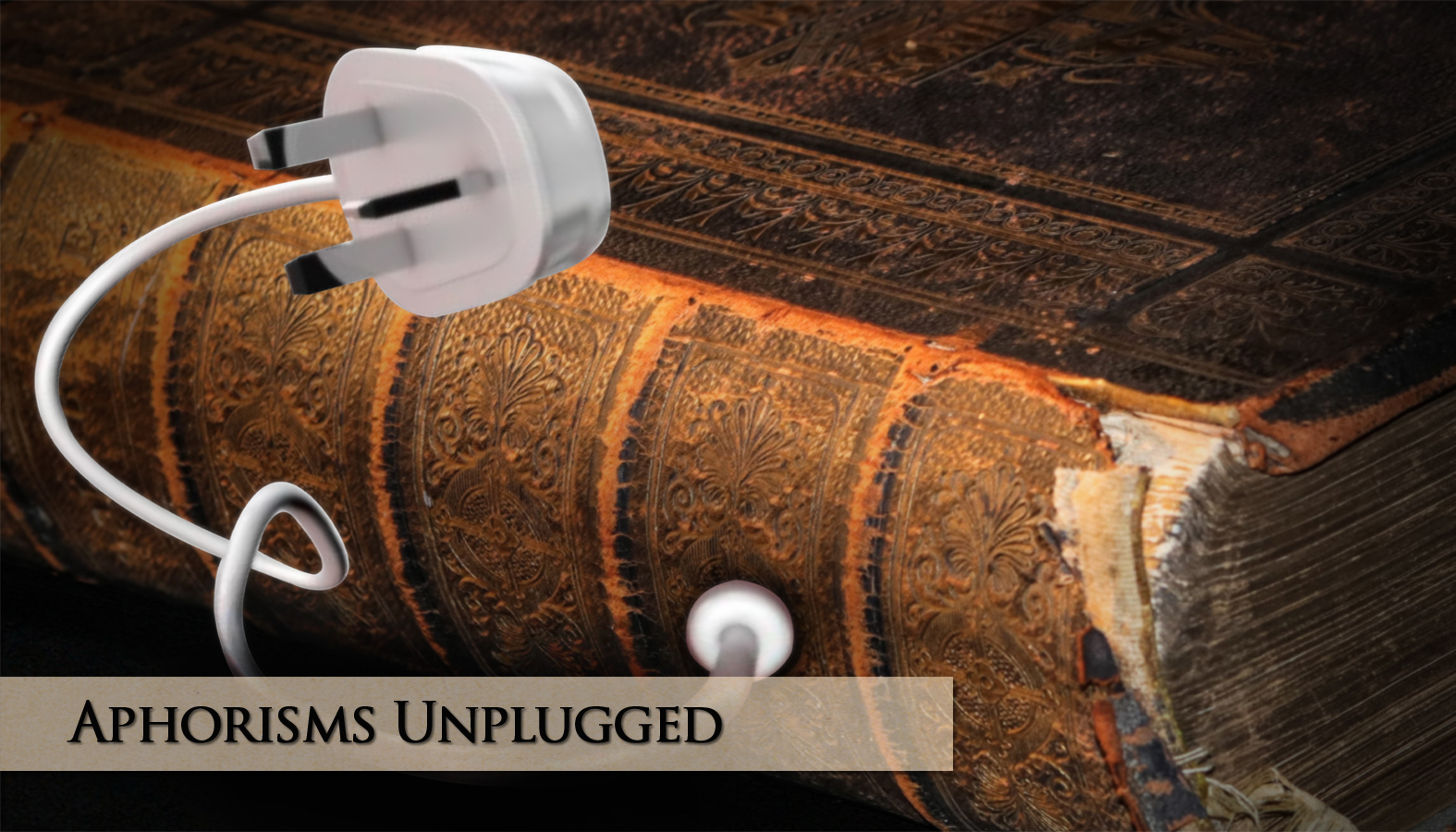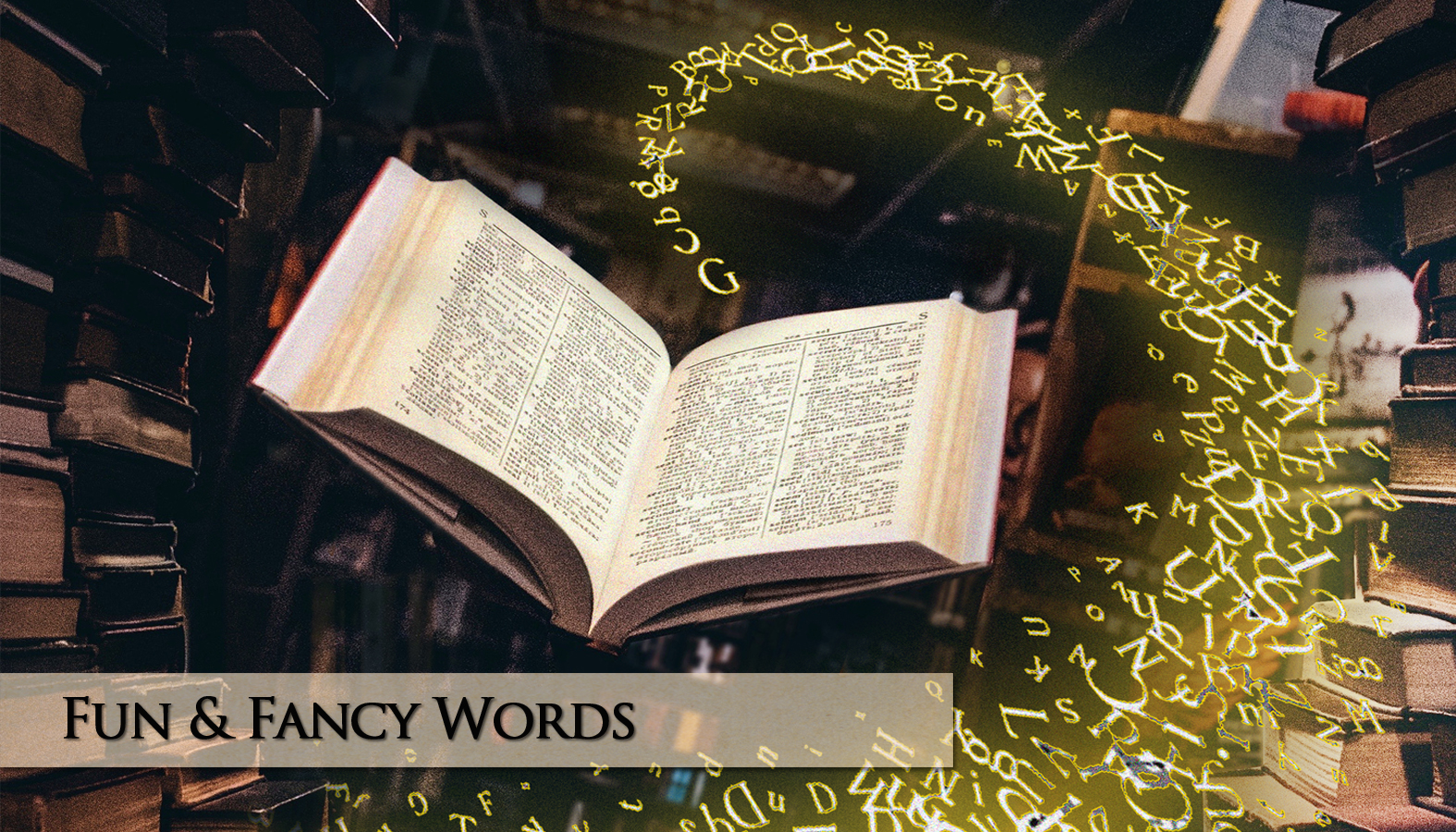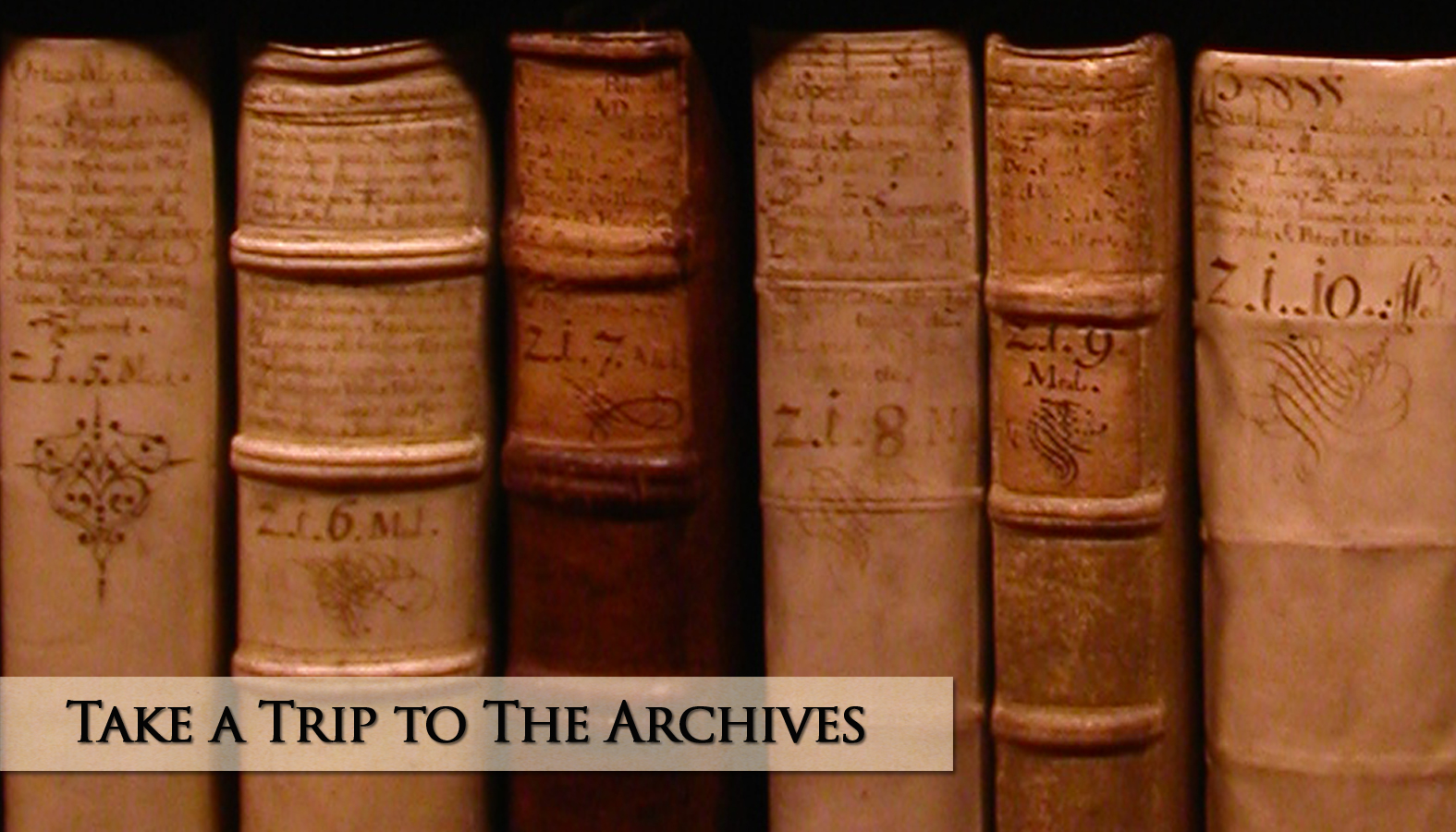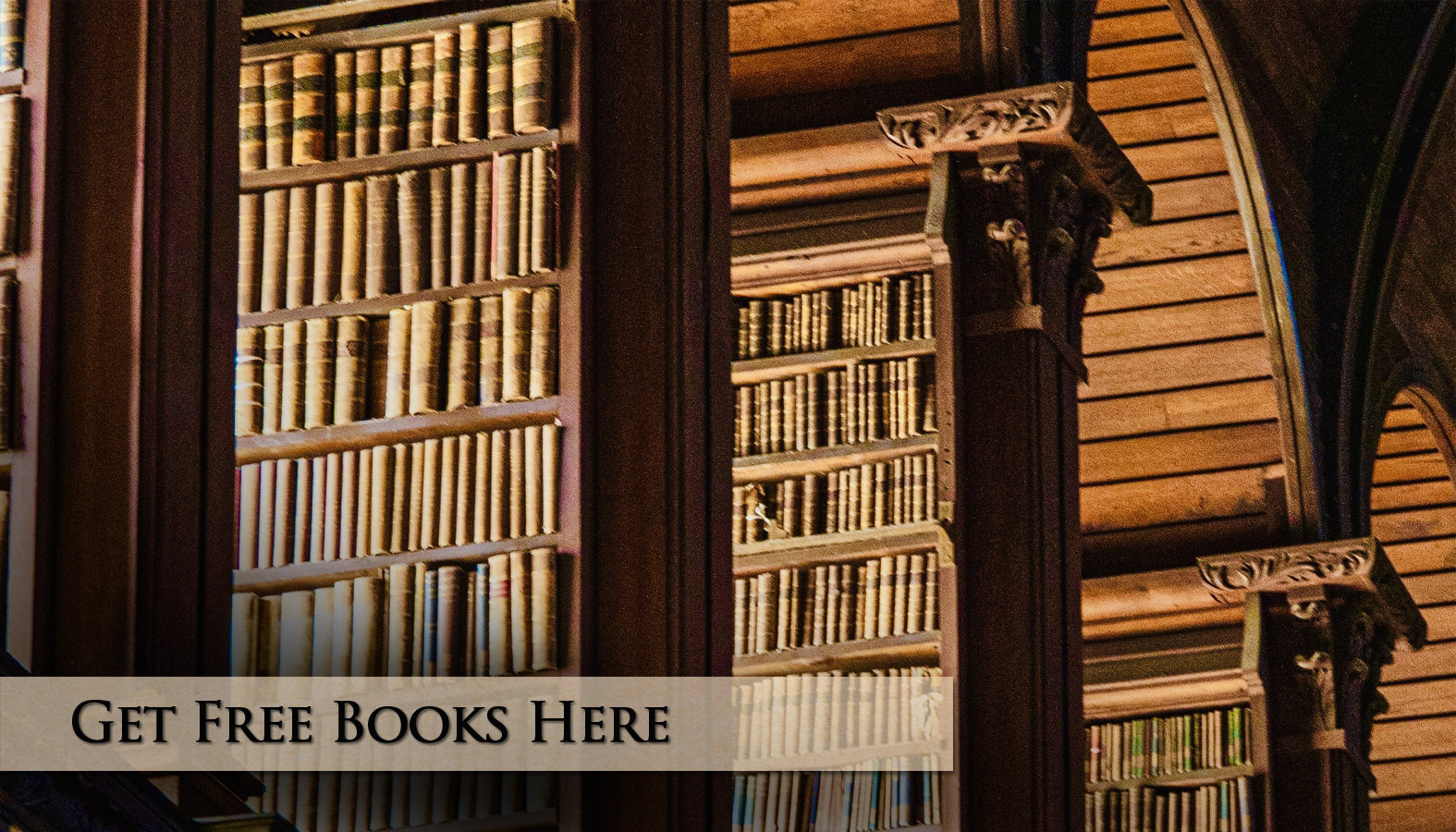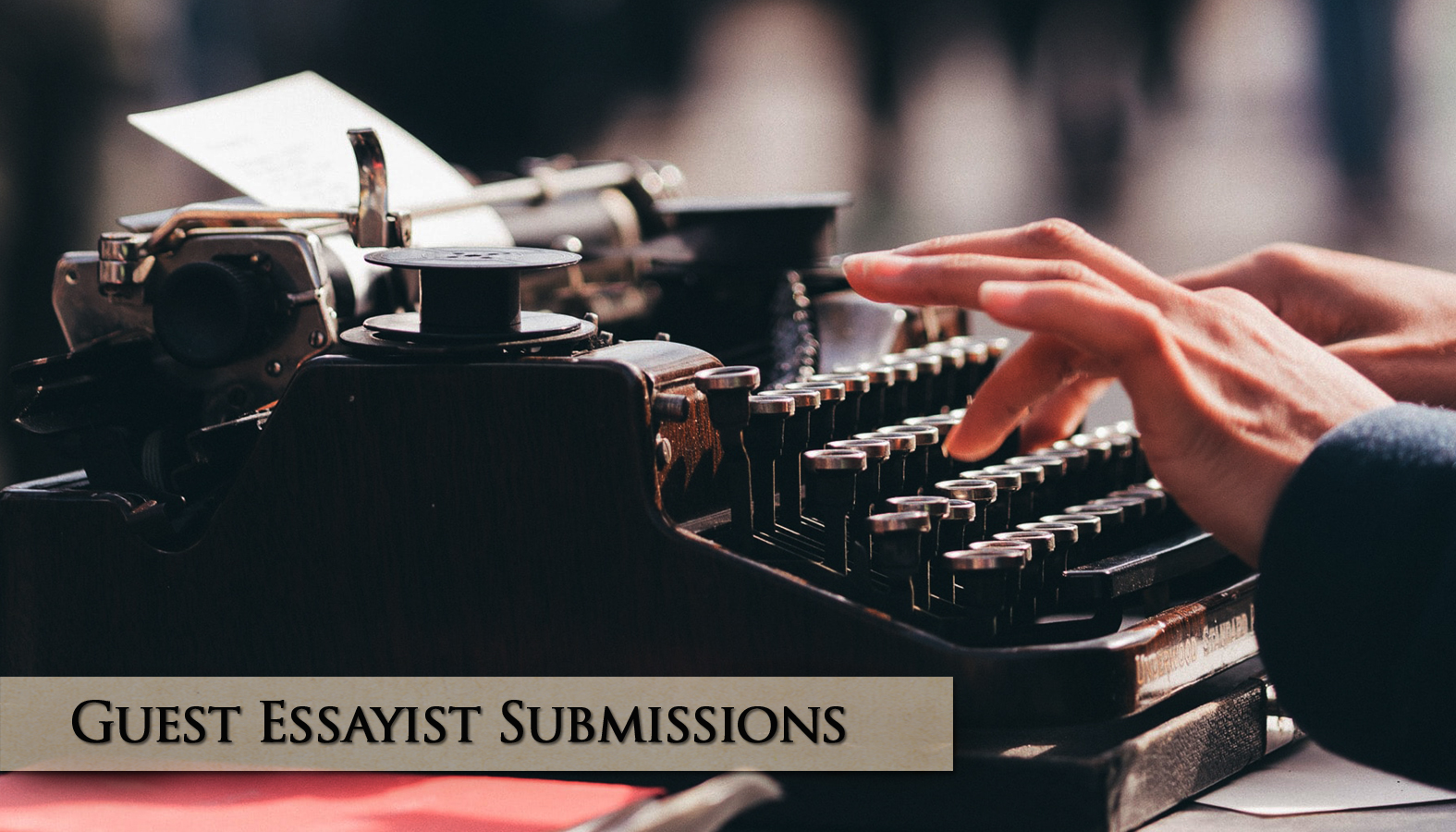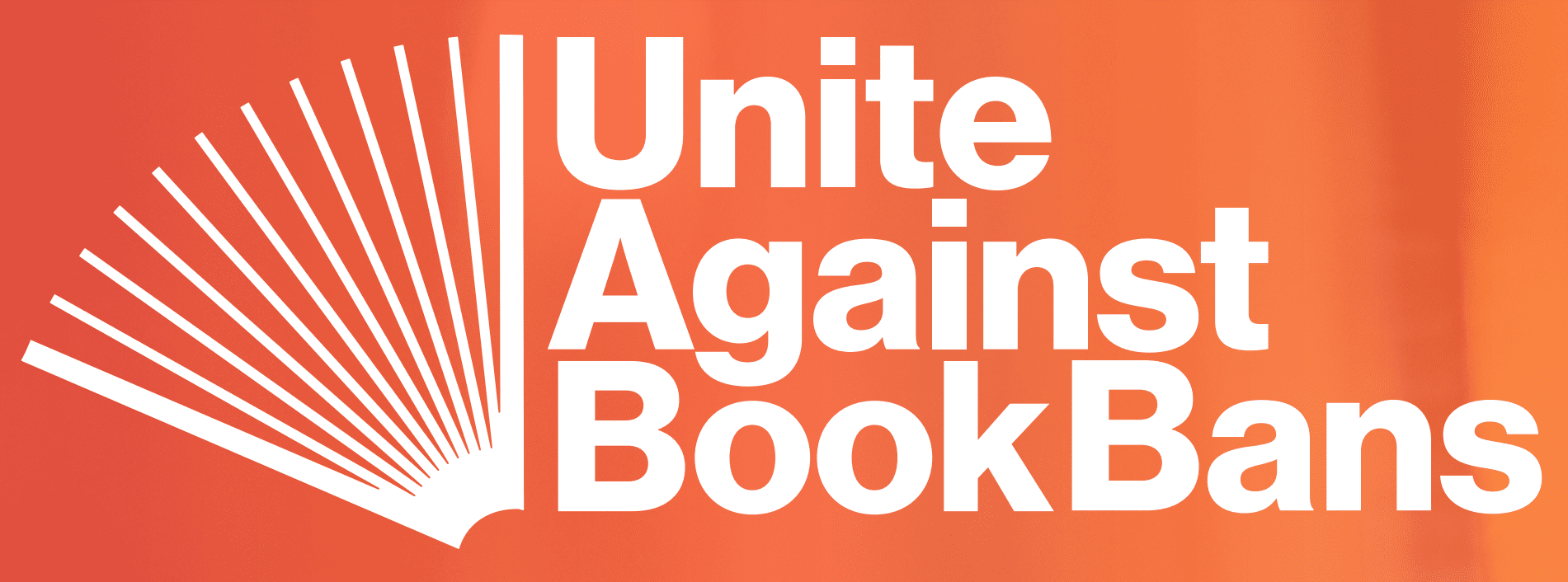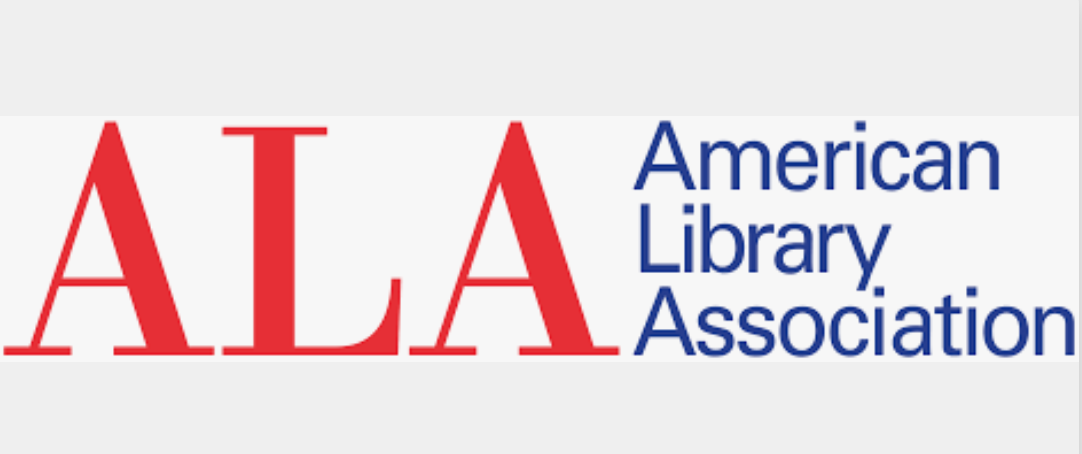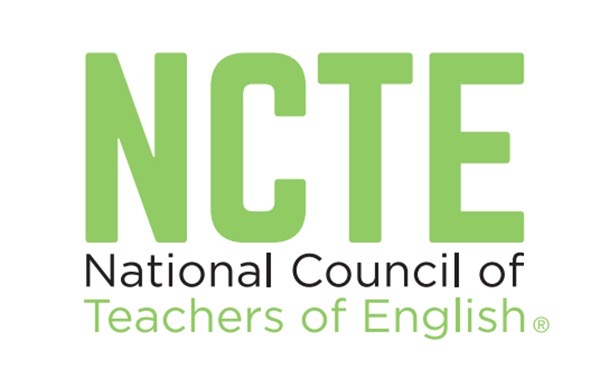Einstein… Champion of a Liberal Arts Education?
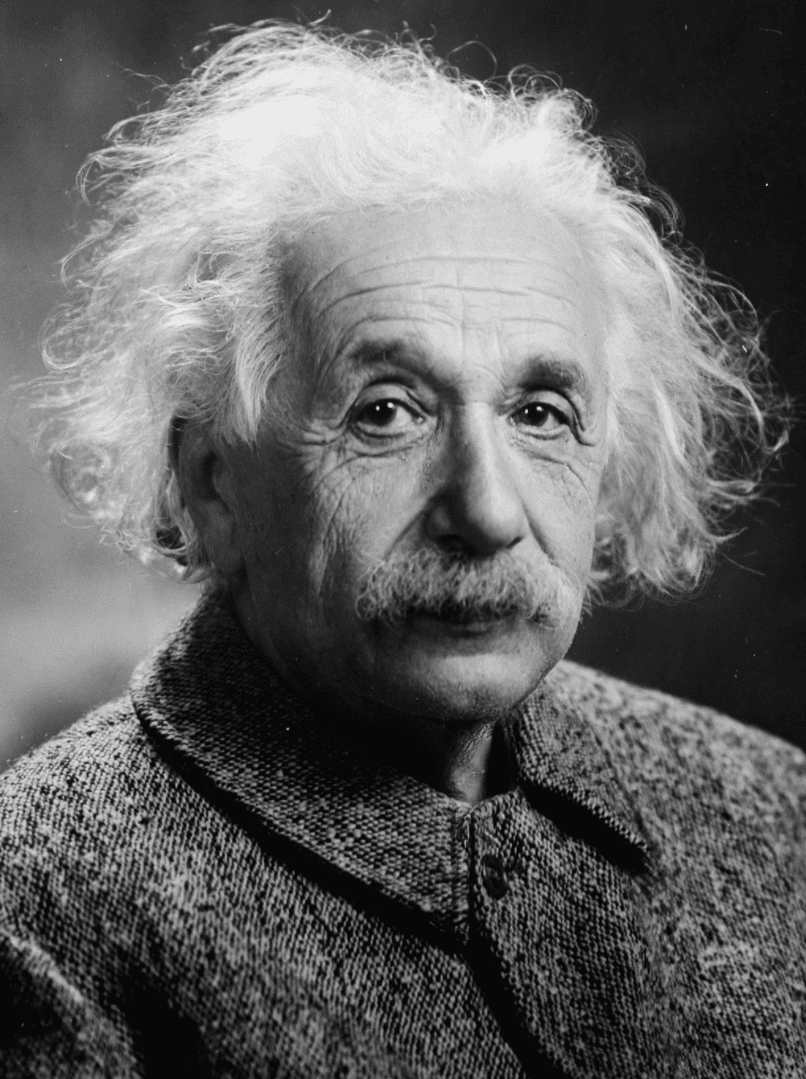
.
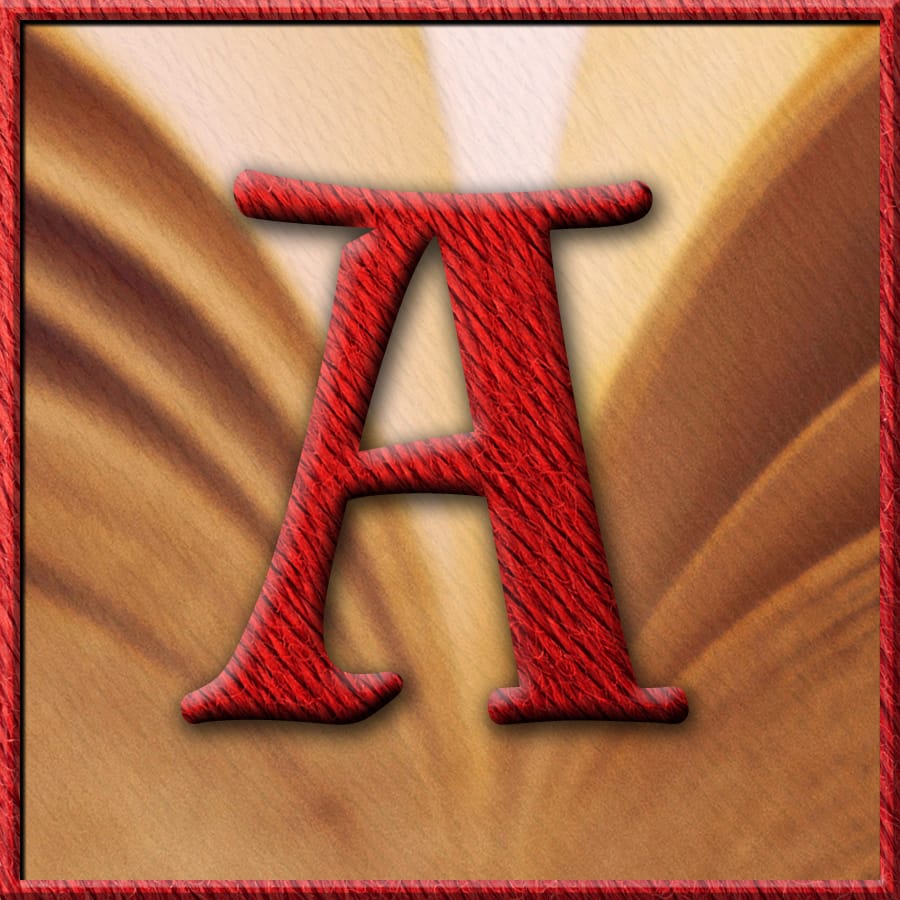 Albert Einstein is literally the face of the STEM education so highly regarded in society today. We see his likeness on countless numbers of brochures for science programs, camps, and fairs. But, what did Einstein himself say about education? A lot of us would be shocked to discover that he championed a liberal arts education. Given (as the expression goes), when we look up “genius” in the dictionary we see a picture of Einstein, we should listen to what he has to say.
Albert Einstein is literally the face of the STEM education so highly regarded in society today. We see his likeness on countless numbers of brochures for science programs, camps, and fairs. But, what did Einstein himself say about education? A lot of us would be shocked to discover that he championed a liberal arts education. Given (as the expression goes), when we look up “genius” in the dictionary we see a picture of Einstein, we should listen to what he has to say.
_____
What does Einstein say about a Liberal Arts education?
During Einstein’s first visit to the US, the Boston press greeted him with a question. The query came from Thomas Edison’s recently created test to evaluate potential employees. Edison’s survey was born of his view that “college men” (by which he meant those with a liberal arts education) “don’t seem to know anything.” The test consisted of practical questions like, “What is shellac,” and “Of what is glass made?”[1] Not surprisingly, the question posed to Einstein was, “What is the speed of sound?” His response… “I don’t know. I don’t burden my memory with such facts that I can easily find in any textbook.”[2] According to Einstein:
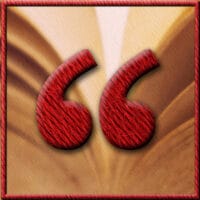
The value of an education in a liberal arts college is not the learning of many facts but the training of the mind to think something that cannot be learned from textbooks.[3]
Though it seems paradoxical, Einstein believed that “the development of general ability for independent thinking and judgment should always be placed foremost, not the acquisition of special knowledge.”[4] And his remarks aren’t limited to a student’s college years. He further states, “it is not enough to teach man a specialty. Through it he may become a kind of useful machine, but not a harmoniously developed personality.”[5]
_____
On a Practical Note.
As Einstein notes, overemphasizing “the competitive system,” and “immediate usefulness” kills the spirit that feeds cultural life. [6] Not so ironically, this includes the new and innovative specialized knowledge on which STEM disciplines depend. Einstein sums up this thinking by asserting that those whose education is limited to specialized knowledge “more closely resemble a well-trained dog” than a well-rounded individual.[7]
On a practical note, Einstein also points out that those who have “learned to think and work independently” are able to adapt to “progress and changes” more readily than the person whose training principally consists of acquiring “detailed knowledge.”[8] Given that career trajectories these days are not as steady as they once were, the capacity to adapt is more beneficial than ever. An ability to adjust to new developments in the job market is increasingly necessary, especially considering that many current high school students will work in jobs that don’t even exist yet.
_____
Arts and Sciences: branches of the same tree.
Einstein reminds us that the “arts and sciences are branches of the same tree.”[9] Directing his observation toward the medical sciences, he stressed that while “sufficient knowledge and a solid background in the sciences are essential,” it is “not enough.”[10] Physicians are not just scientists, or good technicians. “[They] must be more than that… [They] must have a personal understanding and sympathy for the suffering of human beings.”[11] And a good dose of liberal arts cultivates the compassion that makes the difference between simple health care professionals and exemplary clinicians.
_____
Literature & Medicine.
Literature & Medicine programs like the one administered by the Maine Humanities Council, which engage health care professionals with literature, exemplify what Einstein meant by the arts and sciences functioning as branches of the same tree. Evaluating patients requires the same skills employed by careful readers of literature. For example, respect for language, adopting points of view other than your own, as well as interpreting the meaning and significance of isolated phenomena (a clinician evaluating physical findings parallels a reader interpreting symbols and metaphors within a literary text).[12]
As any book lover will tell you, literature immerses the reader in situations outside their own experience. Consequently, Literature and Medicine programs amplify participants’ ability to not only interpret their patients’ illnesses, but care for them in a more comprehensive fashion. For example, engaging with Franz Kafka’s Metamorphosis enlightens participating clinicians to the ways illness and injury can disfigure, isolate, and transform a person. Depression, as depicted in Jane Kenyon’s collection of poetry, Otherwise, has helped participants realize the need to move beyond a strictly intellectual understanding of the illness. And reading Homer’s Iliad and Odyssey has deepened clinicians’ understanding of the ways warfare and post-traumatic stress disorder effect the individual.[13]
_____
A richer foundation for machine intelligence.
Another example of how arts and sciences are branches of the same tree concerns the research and development of the Artificial Intelligence that’s rapidly coming our way. As Fei-Fei Li, one of the top minds working in the field, remarks:

Despite its name, there is nothing ‘artificial’ about this technology – it is made by humans, intended to behave like humans, and affects humans. So, if we want it to play a positive role in tomorrow’s world, it must be guided by human concerns.[14]
It’s no simple task, however, to make Artificial Intelligence sensitive to the scope of human thought. Li advocates connecting AI with fields like psychology, cognitive science, and sociology. Stressing that this approach provides a richer foundation for the development of machine intelligence, she calls on universities to promote interdisciplinary affiliations between computer science, social sciences, and the humanities.
In doing so, this intimidating technology would be more than the job displacing competition we worry about. According to Li, AI would become a partner in “securing our well-being,” by “enhancing us” rather than replacing us.[15] And once again, the nuanced understanding necessary to make this visionary undertaking succeed is cultivated by the liberal arts. Without Humanities to shape technological advances like Artificial Intelligence, we end up with a dystopic society like the one in Lois Lowry’s book The Giver.
_____
The most important benefit of all.
Einstein also addressed an aspect of a liberal arts education typically overlooked in the STEM vs liberal arts debate… perhaps the most important benefit of all. As he observed, these disciplines are “directed at ennobling man’s life.”[16] For most of human history, education meant job training. Hunters and farmers taught the young to hunt and farm. And warriors taught their kids how to fight. Children of the ruling class were instructed in the arts of war, governance, and the exercise of authority. But, even that education was simply preparation for the roles they would assume as adults rather than for any broader purpose like truth, justice or equality.[17]
Around the fifth century BC, however, some of the Greek city-states began experimenting with a new form of government.[18] They called it democracy. And they did so because, as noted by Athenian statesman Pericles, “power is in the hands not of a minority but of the whole people.”[19] Not surprisingly, this radical change in government called for a simultaneous transformation of education. This innovative new curriculum was passed on to the Romans, and it came to be known as a liberal arts education. The term liberal is derived from the Latin liberalis, meaning instruction particularly suited to the youth who is free.[20]
Democratic governance is a complicated matter. And the liberal arts curriculum was specifically designed to nurture a community of engaged citizens, and bolster the robust exchange of ideas necessary for a democracy to function. Einstein reiterates the Greeks’ foundational sentiment when he observed that, in order to form proper relationships (both to other individuals, and the community we live in), we must learn to understand “the motives of human beings, their illusions and their sufferings.”[21]
Schooling limited to the instruction of practical skills certainly won’t facilitate the fellow-feeling that democracy is founded on. But, an education grounded in the liberal arts will. Books like Of Mice and Men, The Diary of Anne Frank, and Thirteen Reasons Why, for example, nurture the empathy necessary to understand where our fellow citizens are coming from.
_____
We need this today more than ever.
It’s no coincidence that the divisions prevalent in our country come at a time when there is so much disregard for a liberal arts education. Humanities programs in K-12 education have been diminishing for decades. And a liberal arts education is increasingly characterized as frivolous. So, no one should be surprised that today’s headlines are filled with stories about American democracy being in crisis.
Deliberation between an instrumental view of education, and those who consider it to be in and of itself, goes back as far as Plato. Inspired by Socrates, Plato and Aristotle considered education to be a search for truth. On the other hand, the rhetorician Isocrates and his followers believed a person could arrive at virtue and make a good living through more practical skills. This debate clearly continues to the present day.[22]
The more practical perspective may have gained the upper hand as early as the ancient world, but as Einstein emphasized above, the Arts and STEM disciplines are “branches of the same tree.” A liberal arts education teaches us to think independently, as well as connect with our fellow human beings. And it actually makes science better.
But don’t take my word for it… listen to Einstein.

#liberal arts #benefits of the humanities #Plato #critical thinking
Endnotes:
[1] “Edison on College Men.” New York Times, May 6, 1921; “Edison Questions Stir Up a Storm.” New York Times. May 11,1921.
[2] Frank, Philipp. Einstein, His Life and Times. Translated by George Rosen. Edited and Revised by Suichi Kusaka. (New York: Alfred A. Knopf, Inc., 1947), 164.
[3] Frank, 164.
[4] Einstein, Albert. “On Education.” In Out of My Later Years: The Scientist, Philosopher, and Man Portrayed Through His Own Words. (New York: Open Road integrated Media, 1950).
[5] Fine, Benjamin. “Einstein Stresses Critical Thinking.” The New York Times. October 5, 1952.
[6] Fine.
[7] Fine.
[8] Einstein. “On Education.” In Out of My Later Years.
[9] Einstein. “Moral Decay.” In Out of my Later Years: The Scientist, Philosopher, and Man Portrayed Through His Own Words. (New York: Open Road integrated Media, 1950).
[10] Fine.
[11] Fine.
[12] Bonebakker, Victoria. “Humanities at the heart of healthcare.” Hektoen International: A Journal of Medical Humanities.
[13] Bonebakker.
[14] Daly, Ciarán. “Fei-Fei Li: How To Build Human-Centered AI.” AI Business. March 12, 2018.
[15] Daly.
[16] Einstein, Albert. “Moral Decay.” In Out of My Later Years.
[17] Zakaria, Fareed. In Defense of a Liberal Education. (New York: W. W. Norton &Co, 2015).
[18] Kimball, Bruce, The Liberal Arts Tradition: A Documentary History. (New York: University Press of America, Inc., 2010), 1.
[19] Thucydides. History of the Peloponnesian War. Translated by Rex Warner (New York: Penguin, 1954), 2.37.
[20] Kimball. The Liberal Arts Tradition, 14.
[21] Fine.
[22] Zakaria; Kimball, The Liberal Arts Tradition; Kimball, Bruce. Orators & Philosophers: A History of the Idea of Liberal Education. (New York: College Entrance Examination Board, 1995).



